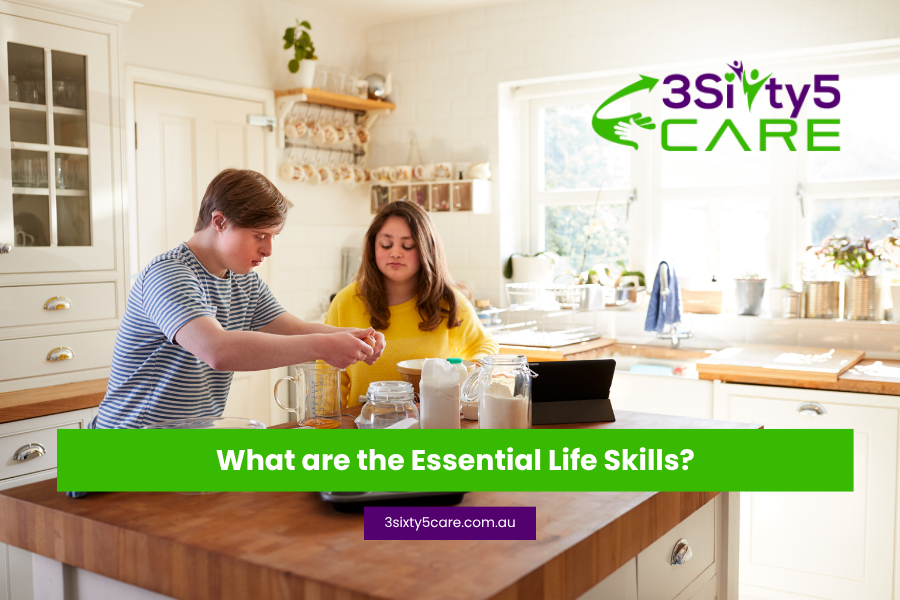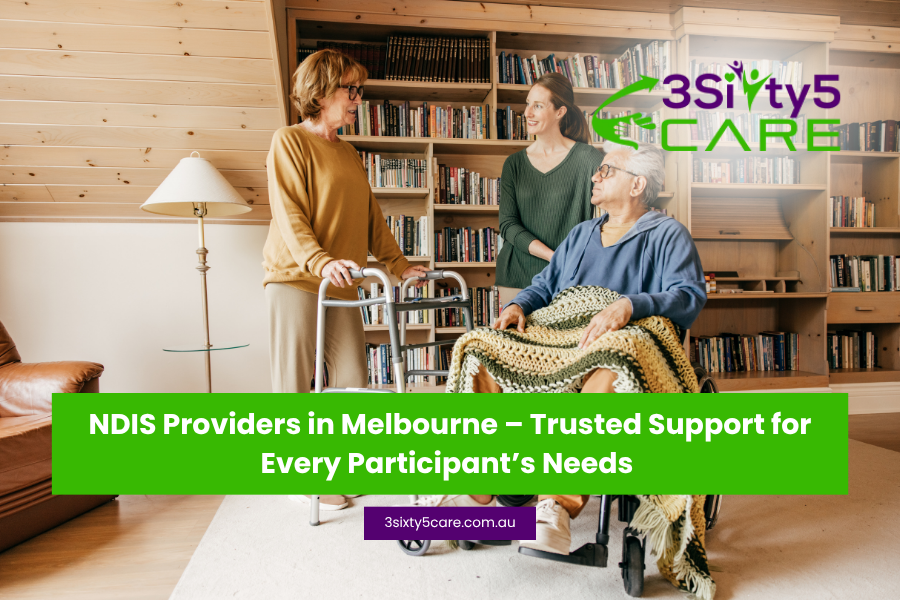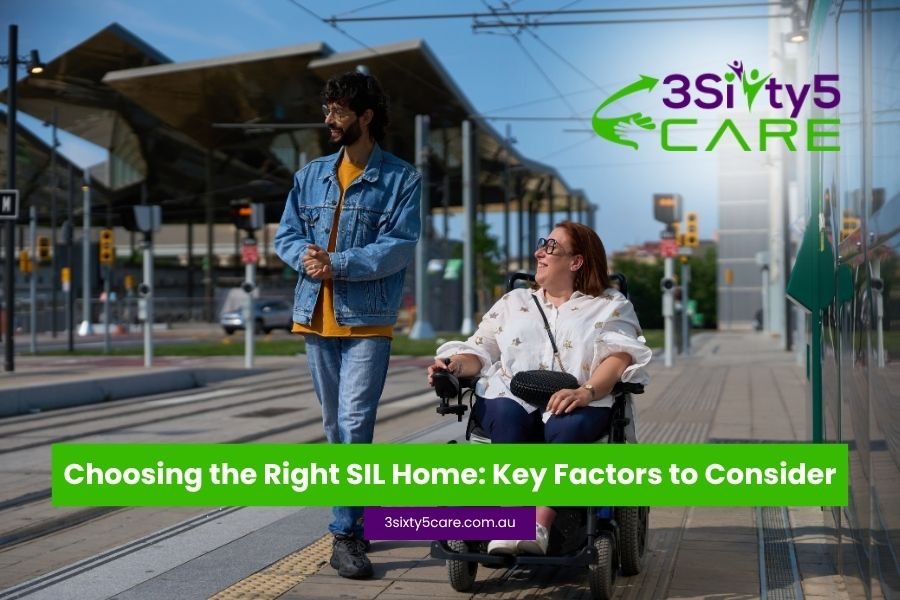For many Australians living with disabilities, choosing the right NDIS housing option is essential. The National Disability Insurance Scheme (NDIS) provides support for people with different needs, including Shared Living and Supported Independent Living (SIL). Both options offer care and support, but they are designed for different lifestyles, goals, and levels of independence.
What is NDIS Shared Living?
Benefits of Shared Living
- House-like environment: The participants are placed in a supportive house and can develop valuable relationships with hosts or housemates.
- Flexible support: Assistance in activities of daily living, personal care, and social activities.
- Better social life: Co-residency can reduce loneliness and provide an opportunity to get to know others.
- Stability: The participants are likely to be offered regular care by the same caretakers or hosts which develops a sense of routine and stability.
What is Supported Independent Living (SIL)?
Benefits of Supported Independent Living
- Promotes independence: Participants are supported to perform their own daily tasks and are guided.
- Skill development: SIL assists one to acquire life skills to achieve long term independence.
- Flexible support levels: The level of support may be adjusted based on the capabilities and evolving needs of the individual participant.
- Privacy: Autonomy is increased because participants tend to have their own bedroom and their own space.
Key Differences Between Shared Living and SIL
Feature | NDIS Shared Living | Supported Independent Living (SIL) |
Living Arrangement | Lives with host family or small group | Own private space within a group home/apartment |
Level of Independence | Less independence, more guided support | Higher independence, skill development focus |
Support | Personal care, meals, social support | Personal care, skill-building, daily living support |
Social Environment | Family-like, more social interaction | Shared communal spaces, more privacy |
Best For | Individuals needing constant support or a homely environment | Individuals wanting independence with support available |
Cost | Usually covered in NDIS plan | Usually covered in NDIS plan, may vary with support level |
Goal | Comfort, routine, social connection | Independence, skill development, self-management |
Choosing Between Shared Living and SIL
- Level of independence: SIL is preferred by individuals who wish to take more control over their daily life, and Shared Living by individuals who can be supported more effectively in their lives.
- Social: Shared Living will suit an individual who likes to be social and interact with a family-like atmosphere. SIL is appropriate to people who desire privacy but require support occasionally.
- Life skills: Shared Living has a specialization in providing a safe and enabling home environment and SIL has a specialization in teaching independent living skills.
- Support needs: Assess the type and level of support needed to conduct daily activities, personal care and social activities.
How 3SIXTY5 CARE Can Help
Conclusion
NDIS Shared Living and Supported Independent Living are both excellent options, but they serve different needs. Shared Living offers a family-like environment with social support, while SIL focuses on independence and skill development.





